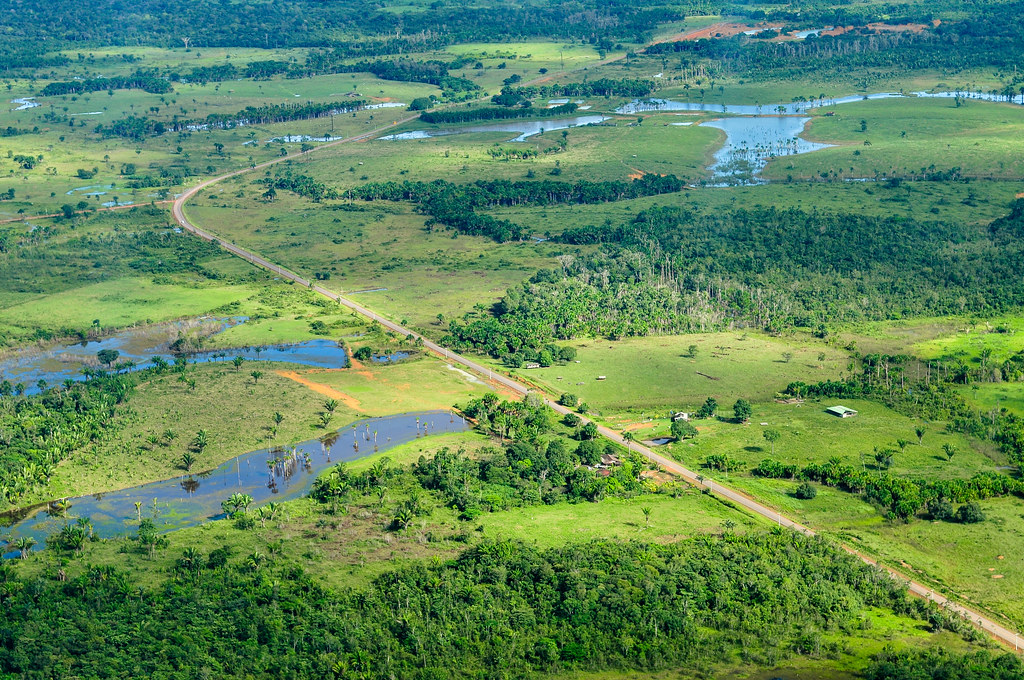Amazon rainforest and other ecosystems looms imminent collapse, researchers issue dire warning.
According to a groundbreaking study, ecological collapse is poised to commence earlier than previously thought. The study investigates the amplification and acceleration of tipping points within ecosystems, indicating that over 20% of the world’s ecosystems, including the Amazon rainforest, face the imminent threat of catastrophic breakdown within a single human lifetime.
Professor Simon Willcock of Rothamsted Research, co-leading the study, issued a chilling statement: “It could happen very soon. We could realistically be the last generation to see the Amazon.” These findings, published in Nature Sustainability, are expected to fuel intense debates. Unlike the well-established link between fossil fuels and global warming, the science of tipping points and their interconnectedness remains relatively underdeveloped.
The Intergovernmental Panel on Climate Change (IPCC), the United Nations’ foremost scientific advisory body, has taken a more cautious stance, suggesting a potential tipping point in the Amazon by 2100 in its latest report. However, several eminent scientists in Brazil, including Carlos Nobre, have warned of an earlier timeframe. This new study underscores the alarming possibility, highlighting that previous research primarily focused on individual drivers of destruction, such as climate change or deforestation, rather than their combined impact.

An example of an accelerated collapse is Lake Erhai in China, which deteriorated sooner than expected due to the compounding effect of various stressors. The lake’s degradation was initially attributed to agricultural runoff, but when climate variations, water management issues, and other forms of pollution were factored in, the ecosystem rapidly lost its resilience.
The study, conducted by scientists from Southampton, Sheffield, and Bangor universities, as well as Rothamsted Research, employed computer models with 70,000 variable adjustments to analyze two lake ecosystems and two forests. The researchers discovered that up to 15% of collapses occurred due to new stresses or extreme events, even when the primary stressor remained constant. This highlights the crucial lesson that even sustainable management of one aspect of an ecosystem may not be sufficient, as additional stressors like global warming and extreme weather events can tip the delicate balance towards collapse.
While the study’s scope was limited, the authors emphasize the urgent need for policymakers to take swift action. Co-author Professor John Dearing stated, “Previous studies of ecological tipping points suggest significant social and economic costs from the second half of the 21st century onwards. Our findings suggest the potential for these costs to occur much sooner.”
Professor Willcock described the findings as “devastating” but also pointed out the positive aspect of system dynamics analysis, highlighting that minor changes within a system can have significant impacts. He noted that Lake Erhai has exhibited signs of recovery, emphasizing that positive pressure could potentially lead to rapid restoration. However, he stressed that time is running out faster than most people realize.
An analysis
The provided news highlights the presence of a log storage yard within the Brazilian Amazon rainforest, as observed from an aerial viewpoint. This analysis sheds light on the significant issue of deforestation and its impact on the world’s largest tropical rainforest.
The presence of a log storage yard signifies the logging activities taking place in the Amazon rainforest. This raises concerns about illegal logging practices, unsustainable resource extraction, and the potential ecological consequences associated with deforestation. The Amazon rainforest is renowned for its unparalleled biodiversity, serving as a crucial habitat for countless species of plants and animals. However, deforestation poses a severe threat to this fragile ecosystem, leading to habitat destruction, species loss, and disruptions in the natural balance.
The aerial perspective adds depth to the analysis by showcasing the scale and magnitude of the log storage yard. It provides a visual representation of the extensive deforestation activities happening in the region. This image serves as a stark reminder of the ongoing challenges faced by environmental conservationists, policymakers, and local communities in their efforts to combat deforestation and protect the Amazon rainforest.
The presence of a log storage yard within the Amazon rainforest also raises questions about the enforcement of regulations and the effectiveness of measures aimed at curbing illegal logging. It emphasizes the need for stronger governance, law enforcement, and sustainable practices in the region. Additionally, it underscores the importance of international cooperation and collective efforts to address deforestation, as the impact of Amazon deforestation extends beyond national borders, affecting global climate patterns and exacerbating climate change.
Overall, this analysis draws attention to the ongoing threats facing the Brazilian Amazon rainforest, urging action to protect and preserve this invaluable natural resource for future generations.
SOURCE: THE GUARDIAN


